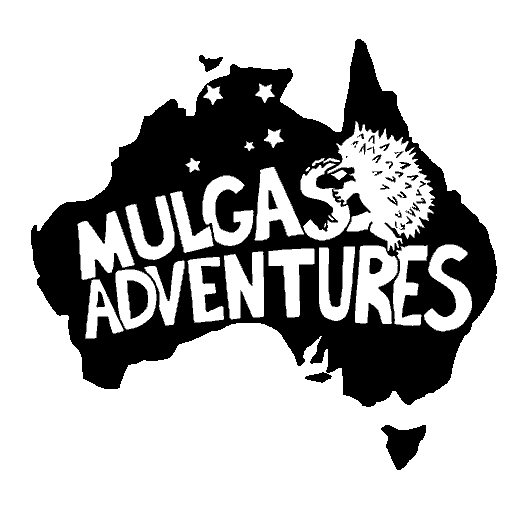Bush Tukka
Bush Tukka – food found in the Bush
For tens of thousands of years, the area around Uluru and Kata Tjuta provided Anangu with everything they needed for survival — food, water, shelter, and medicine. What looks like a harsh desert landscape is actually a place filled with life and abundant supplies, the equivalent of a modern-day supermarket.
Before colonisation, Anangu used the environment to its full advantage. Their deep knowledge of the ecosystem and seasons ensured they had a bountiful and sustainable life.
Anangu men and women took on different but equally important roles in society, to ensure they had all the foods and tools they needed for survival. This separation of tasks, known as men’s and women’s business, is a part of Tjukurpa, or traditional law.
Today, Anangu still hunt, gather and prepare foods according to the law. This knowledge is highly valued and Anangu elders are keen to pass it on to their children and grandchildren.
One resource, many uses
Anangu used many different parts of plants and animals to ensure no resource went to waste. For example, each part of the wanari (mulga) tree has an important traditional use. The heavy, hard wood is the main source of firewood for cooking and smoking meat.
The tree’s larger branches and trunk can be carved into miru (spear throwers), mukulpa (barbs), wata (spearheads), kali (boomerangs) and wana (digging sticks). The leafy branches were used to build wiltja (shelters) and yuu (windbreaks).
Wanari also provide many staple foods for Anangu. Ground mulga seeds can be mixed with a little water to make latja, a nourishing paste. Tarulka (mulga apples) are collected and eaten when they are a reddish colour. Some insects leave clear sweet lumps along the smaller branches, which Anangu eat as a lolly.
Types of Bush Tukka eaten by Anangu
Mai (pronounced may)
Bush plum
Mai means ‘food from plants’ and includes:
- vegetables such as tjanmata (bush onion) and wakati (native pigweed)
- fruits such as kampurarpa (desert raisin or bush tomato), arnguli (bush plum), ili (native fig) and wayanu (quandong)
- seeds from plants such as wakalpuka (dead finish) and wangunu (woollybutt grass).
Tjuratja (pronounced joo-rrat-ja)
Honey ants
Tjuratja is sweet food, such as honey grevillea nectar and tjala (honey ants).
Honey ants live in deep underground nests and it requires a lot of skill to collect them. You eat the ant by holding its body and popping the abdomen filled with honey-like syrup into your mouth.
Maku (pronounced mah-koo)
Witchetty grubs
Maku means edible grubs such as witchetty grubs. These white, wood-eating grubs are found in the roots of trees and are a tasty and important source of protein.
Kuka (pronounced kooka)
Woma python
Kuka means edible animals such as sand goanna, perentie, emu, woma python and kangaroo. This category also includes the eggs of birds and lizards.
More about Bush Tukka
To learn more please visit the Parks Australia, Uluru-Kata Tjuta website. You can also download a fact sheet about traditional bush foods.
More on Culture
Thanks to Parks Australia for information to the benefit of all visitors.

